Taking care of your skin doesn’t have to be complicated or time-consuming. With the right products and a consistent routine, you can improve your skin’s texture, tone, and overall health. A thoughtful skincare regimen helps prevent breakouts, delays signs of aging, and boosts your confidence every day. In this post, we’ll walk you through a simple yet effective daily skincare routine suitable for most skin types—morning and night—along with tips to make it work for you.
1. Cleanse Your Face
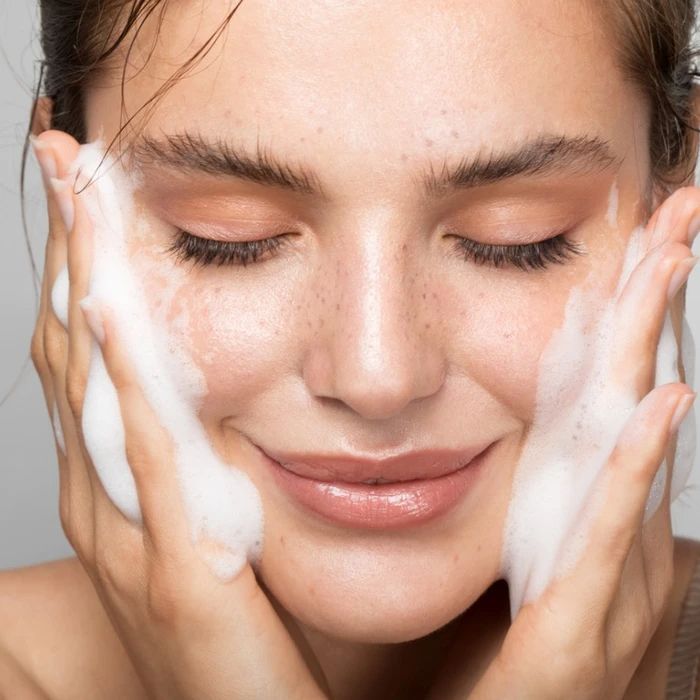
The first and most essential step of any skincare routine is cleansing. Throughout the day and night, your skin accumulates oil, sweat, bacteria, and environmental pollutants. A good cleanser removes these impurities without stripping your skin of its natural oils.
- Use a gentle, non-stripping cleanser in the morning and evening.
- For oily or acne-prone skin, look for foaming or salicylic acid-based cleansers.
- For dry or sensitive skin, opt for a creamy or hydrating formula.
Always use lukewarm water—not hot—to avoid irritation and dryness. Gently pat your skin dry with a clean towel, never rub.
2. Apply a Toner
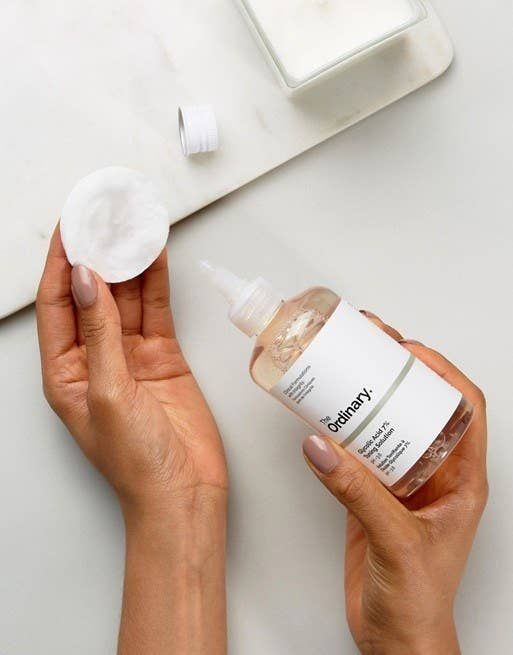
Though often overlooked, toner plays a critical role in balancing your skin’s pH levels and prepping it for the next steps in your routine. Many toners now offer hydrating, soothing, or exfoliating benefits depending on the formulation.
- Use a hydrating toner with ingredients like hyaluronic acid or glycerin if your skin feels tight after cleansing.
- If you’re acne-prone or oily, try a toner with witch hazel, niacinamide, or AHA/BHA acids.
- Apply with a cotton pad or gently pat into skin with clean hands.
This step helps your skin absorb serums and moisturizers more effectively while providing a quick refresh.
3. Use a Targeted Serum

Serums are concentrated formulas packed with active ingredients that address specific skin concerns such as dullness, pigmentation, fine lines, and acne. This is where your skincare routine becomes personalized.
- In the morning, vitamin C serums brighten and protect against environmental damage.
- At night, consider serums with ingredients like retinol, peptides, or hyaluronic acid.
- Apply a few drops and gently press into your skin rather than rubbing.
Allow the serum to fully absorb before moving to the next step—this usually takes around one minute.
4. Gently Dab on Eye Cream
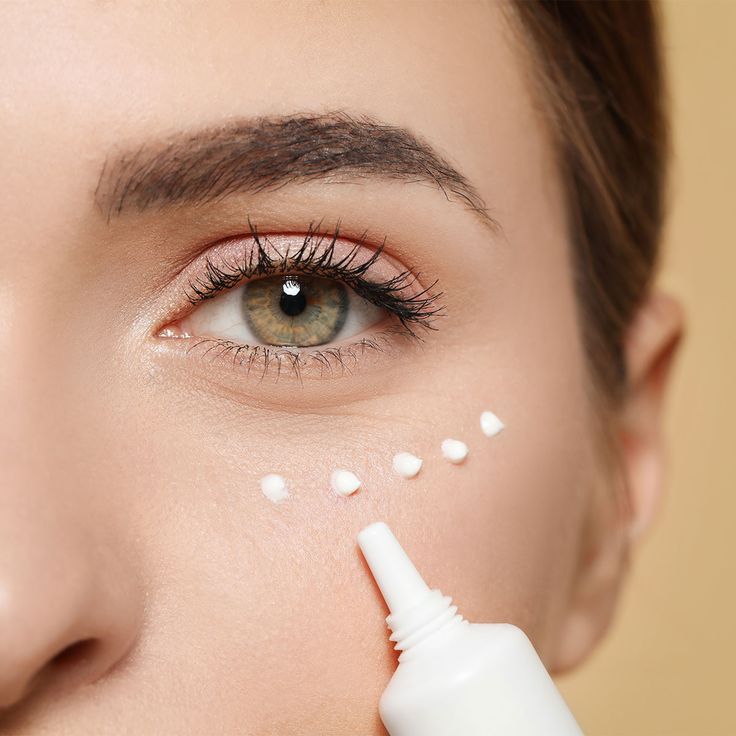
The skin around your eyes is delicate and often the first area to show signs of fatigue or aging. Eye creams are formulated to hydrate, brighten, and smooth this sensitive area.
- Use your ring finger to apply a small amount of product under the eyes and along the brow bone.
- Look for ingredients like caffeine (to reduce puffiness), peptides, and niacinamide.
- Apply morning and night for the best results.
This step is optional, but can make a noticeable difference over time, especially if you’re dealing with dark circles or under-eye bags.
5. Lock in Moisture
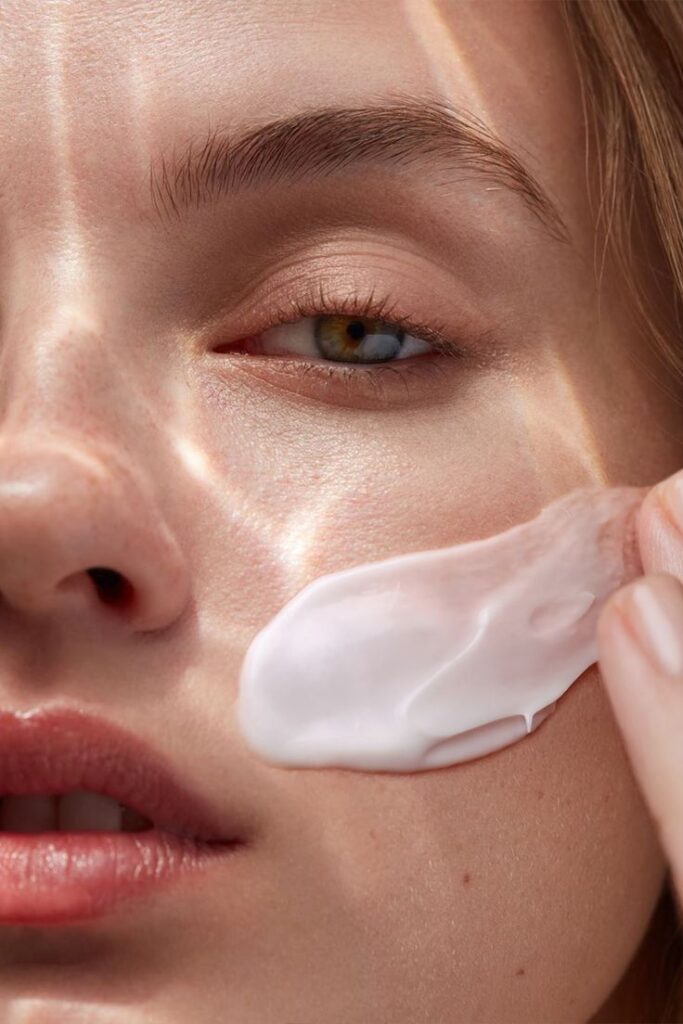
Moisturizer is essential for keeping your skin barrier healthy and preventing water loss. Regardless of your skin type, you need a moisturizer—yes, even oily skin types benefit from lightweight hydration.
- Use gel-based moisturizers for oily or acne-prone skin.
- Opt for thicker creams if you have dry or mature skin.
- For combination skin, look for balanced, non-comedogenic formulas.
Apply moisturizer while your skin is still slightly damp from previous steps to lock in hydration.
6. Finish with Sunscreen (AM Routine)
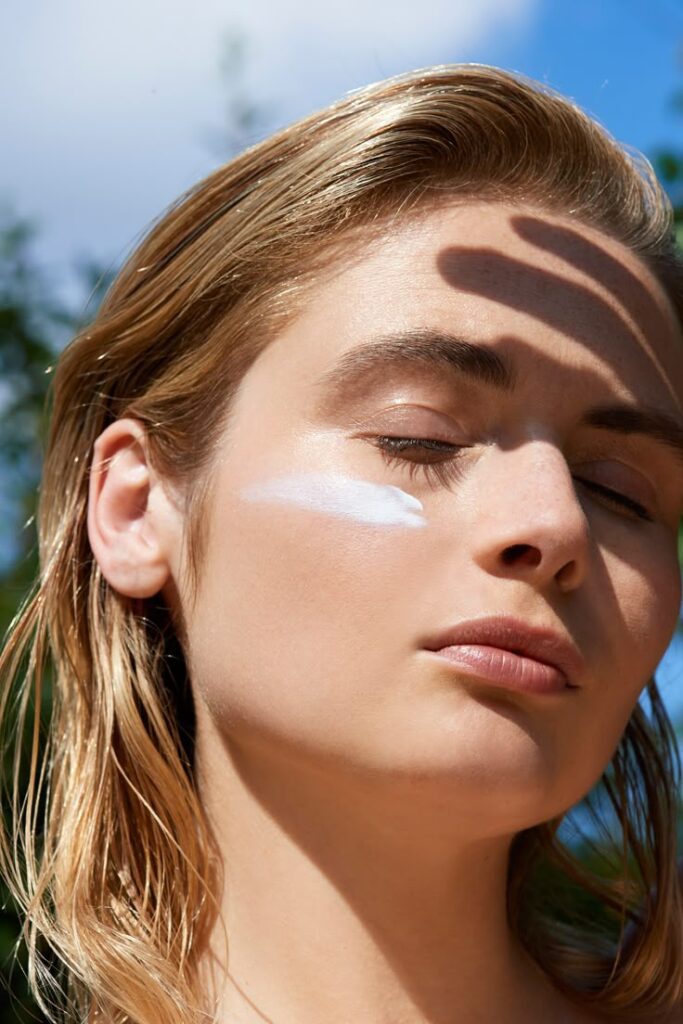
No morning skincare routine is complete without sunscreen. UV damage is the number one cause of premature aging, pigmentation, and even skin cancer. Protecting your skin daily is non-negotiable.
- Choose a broad-spectrum SPF of at least 30.
- Apply generously to your face, neck, and any exposed areas.
- Even on cloudy days or indoors near windows, UV rays can still affect your skin.
Reapply every two hours if you’re spending time outdoors or sweating.
7. Add Night-Time Treatments (PM Routine)

At night, your skin goes into repair mode. This is the ideal time to apply more intensive treatments like retinol, chemical exfoliants (AHA/BHA), or overnight masks, depending on your needs.
- Start slow with active ingredients like retinol—2–3 times a week and increase as tolerated.
- Use exfoliating acids 1–2 times per week to help with texture and radiance.
- Always follow with a gentle moisturizer to calm and hydrate the skin.
These products help with cell turnover, skin tone, and breakouts but should be used thoughtfully to avoid irritation.
Additional Tips for Building a Consistent Routine

- Stick to a Schedule: Morning and night, consistency is more important than quantity.
- Patch Test New Products: Avoid full-face reactions by testing a small area first.
- Give It Time: Skin doesn’t change overnight—stick to a new product for at least 4–6 weeks before evaluating results.
- Hydrate & Eat Well: Skincare isn’t just topical—your diet and hydration matter too.
- Less is More: Don’t overload your routine; use what your skin needs and skip the rest.
Conclusion
Building a daily skincare routine doesn’t have to be complicated or expensive. With a few key products and a bit of consistency, you can dramatically improve the look and health of your skin. From cleansing and moisturizing to applying SPF and targeted treatments, each step plays a role in keeping your complexion balanced and glowing.
Whether you’re just getting started or refining your existing regimen, following this routine can help you achieve healthier, more radiant skin—every single day.
